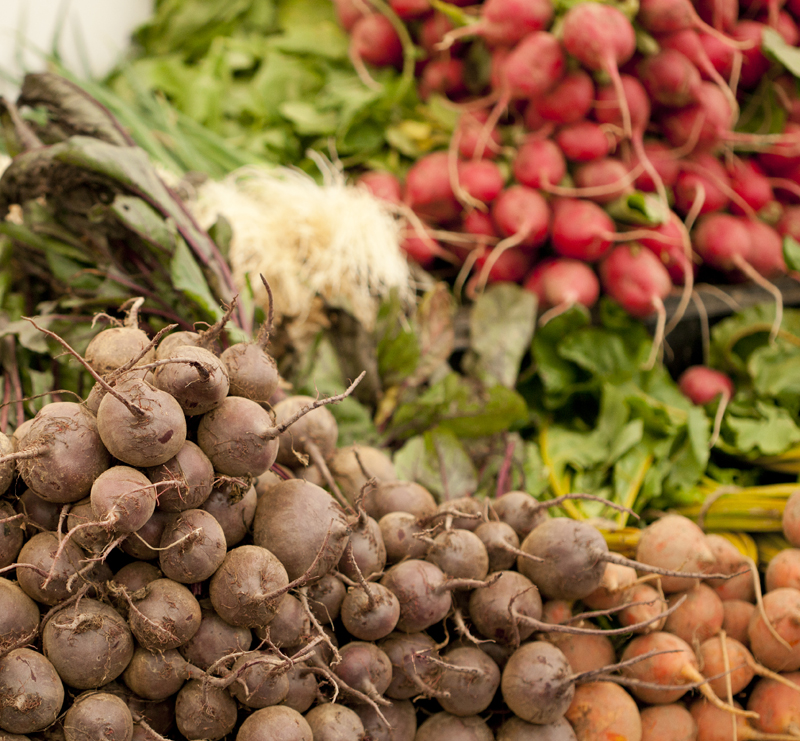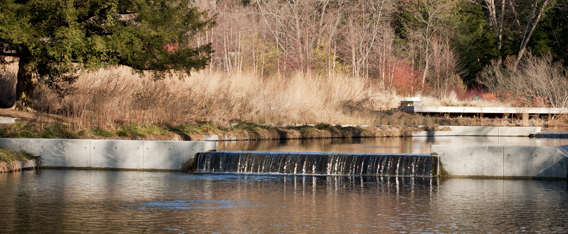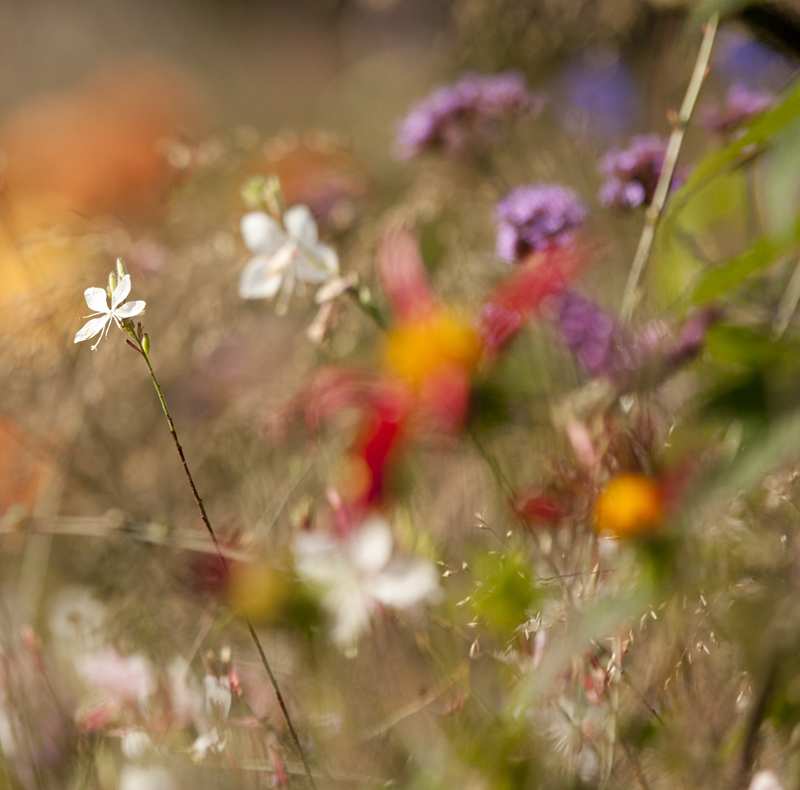Gardening Trends: Part II
Posted in Learning Experiences on February 11 2014, by Sonia Uyterhoeven
Sonia Uyterhoeven is the NYBG’s Gardener for Public Education.
 Last week I began a discussion of some of the drivers and dynamics behind gardening trends, and I continue here with some of the trends that David Culp, author and Vice President of Sales at Sunny Border Nursery in Kensington, Connecticut, covered in a lecture during Plant-O-Rama. We have been following many of these trends for the past several years, and will continue to do so for some time.
Last week I began a discussion of some of the drivers and dynamics behind gardening trends, and I continue here with some of the trends that David Culp, author and Vice President of Sales at Sunny Border Nursery in Kensington, Connecticut, covered in a lecture during Plant-O-Rama. We have been following many of these trends for the past several years, and will continue to do so for some time.
While the enthusiasm for vegetable gardening waned slightly in the past year, it has grown in such magnitude over the past few years, and with such glamor and entrepreneurial attitude, that we can hardly call it a slip. Vegetables have always captured the hearts of homeowners due to their overall ease and impressive, family-pleasing results. The boom has been propelled even further by growing awareness and a trend towards fitness, general health, and a cooking fad that’s been boosted by the support of major television networks.
Along the same lines of thought is the “organic revolution.” Wait… haven’t we seen that one before, like in the ’60s, ’70s, ’80s…? Let’s face it: we seem to be stuck in a perpetual industrial, chemical, and technological cycle where we proceed to destroy the environment and then recoil, implementing new, safer measures (which are often just old measures rehashed for the modern day). Organics is not only trendy these days, but an important part of branding, a potent money-maker, and hopefully an area where people “put their money where their mouth is.” Credibility over commercialism in this arena is always preferred.
Similarly, discussions regarding diversity continue to be a well-deserved horticultural concern. Given that we are in many respects the stewards of our lands, and we influence diversity with what we plant, attention to diversity is a worthwhile effort. To that end, heirlooms seem to be more popular with the public than GMOs and native plants are on the upswing, as well.
Gardening in urban areas is also on the rise, and has become increasingly creative in recent decades. We have seen a boom in vertical gardening and roof-top gardening, especially in New York. Even highway medians and parking lots have seen radical facelifts through urban designs that are tough and adaptable yet diverse and aesthetically pleasing. Rain gardens now play leading roles in site development as well, influencing a reduction in runoff. Plants are elbowing their way into urban planning with such confidence that Frederick Law Olmsted himself would be proud—and maybe a little confused.

From the “New American Garden” movement we see ideology, functionality, and aesthetics converging in the native plant. Sustainability is one of this trend’s drivers, with an eye on the conservation of resources, desire to attract wildlife through eco-friendly design, and a goal to lower humanity’s carbon footprint. It is supported by a romantic ideal that nature is tranquil, restful, and healing, and while this may not seem obvious after a day spent weeding your naturalistic meadow under the scorching July sun, just remember—it’s there.
Designs casting the spotlight on native plants are highly stylized these days, such as those of the Dutch master Piet Oudolf, whose work can be seen on the High Line. Likewise Oehme Van Sweden’s design of the NYBG’s Native Plant Garden. A prominent hardscape provides the structure for these gardens, and the beauty of the design is augmented by the juxtaposition of the hardscape’s strong, angular shapes with soft, intricate, naturalistic plantings.
Plants in these designs co-mingle and share spaces, to such an extent that I once heard a native plant expert describe them as having conversations with each other as they shared the same real estate. Culp referred to the blending of plants—whether bulbs, annuals, perennials or woody plants—as “the layered garden.” He recently published an eponymous book in the same vein, titled The Layered Garden: Design Lessons for Year-Round Beauty from Brandywine Cottage.
 In this work, Culp transforms diversity into aesthetic, providing advice for creating year-round interest, texture, and color through successful plant combinations and layering techniques. Here Culp is very much in line with modern trends for optimal use of space, as well as a desire for highly stylized and intricate designs.
In this work, Culp transforms diversity into aesthetic, providing advice for creating year-round interest, texture, and color through successful plant combinations and layering techniques. Here Culp is very much in line with modern trends for optimal use of space, as well as a desire for highly stylized and intricate designs.
Gardening will always be about aesthetics and joy—plants are simply too beautiful to be ignored. On a local or domestic level, our gardens are as much a statement about ourselves as our homes are. But what has struck me most, through both my own explorations and while listening to others discuss these trends, is how much our choices in gardening are driven by wider ideological and social concerns such as health, wellness, ecology and sustainability.
What type of environment do we want to create and live in? What is our national vision regarding public space, and how does our small corner contribute to the whole? Ultimately, what is our relationship to nature and our surroundings? For my part, I hope it always remains a good and conscientious one.

